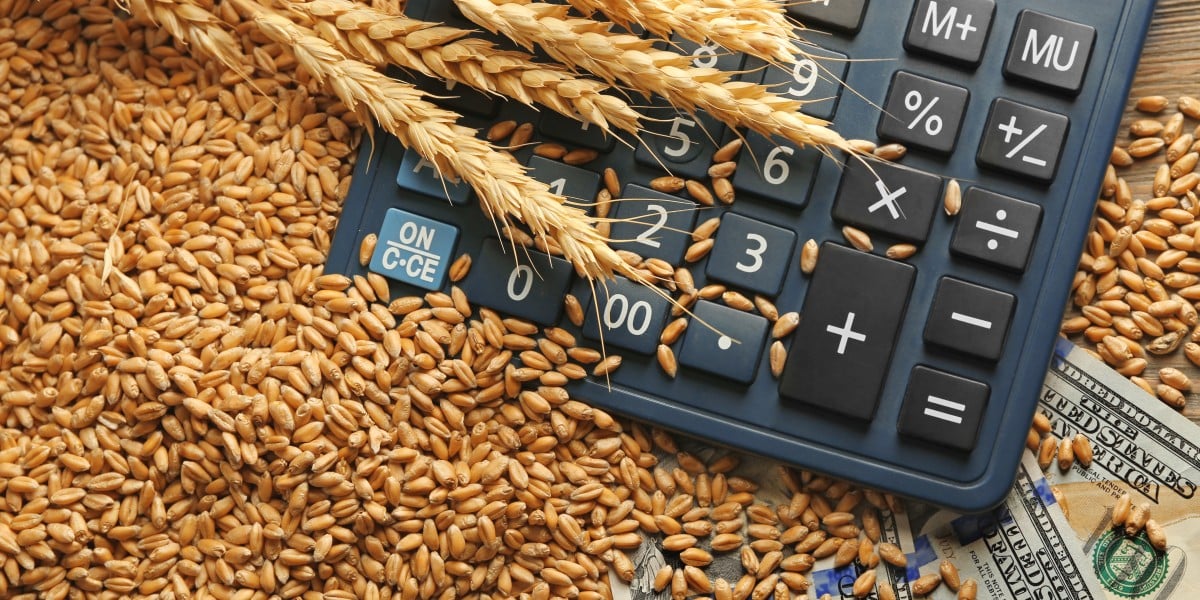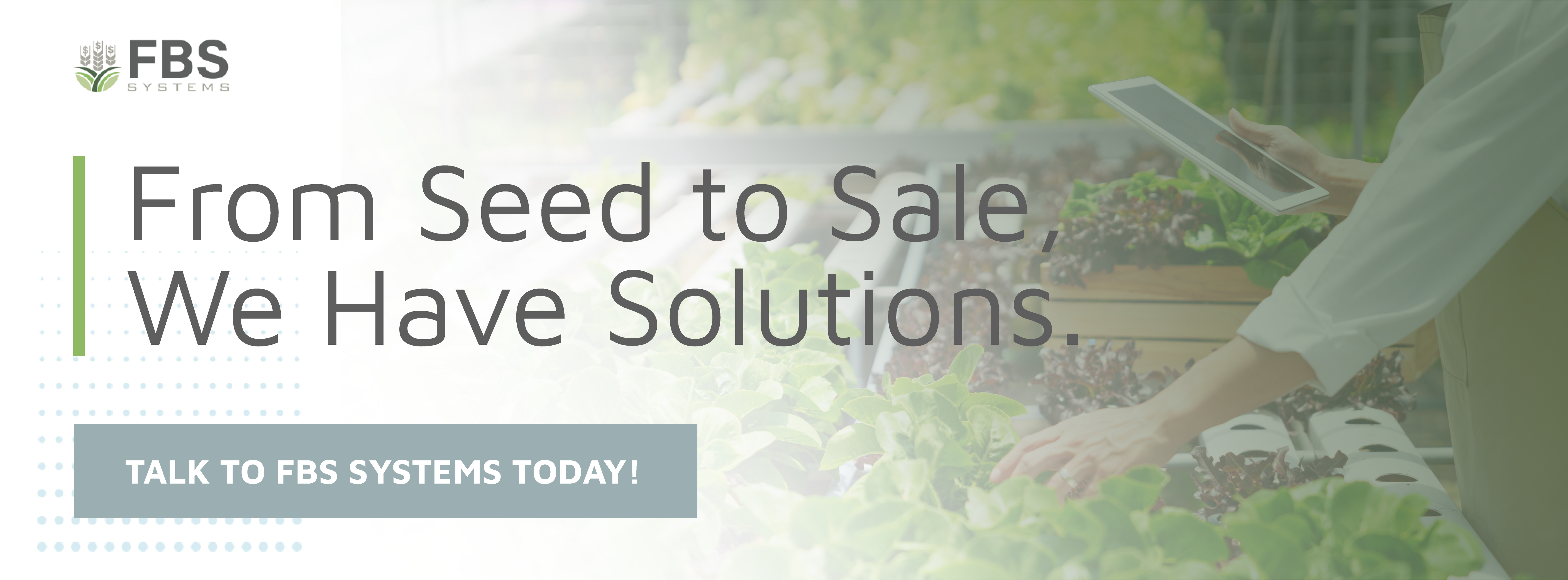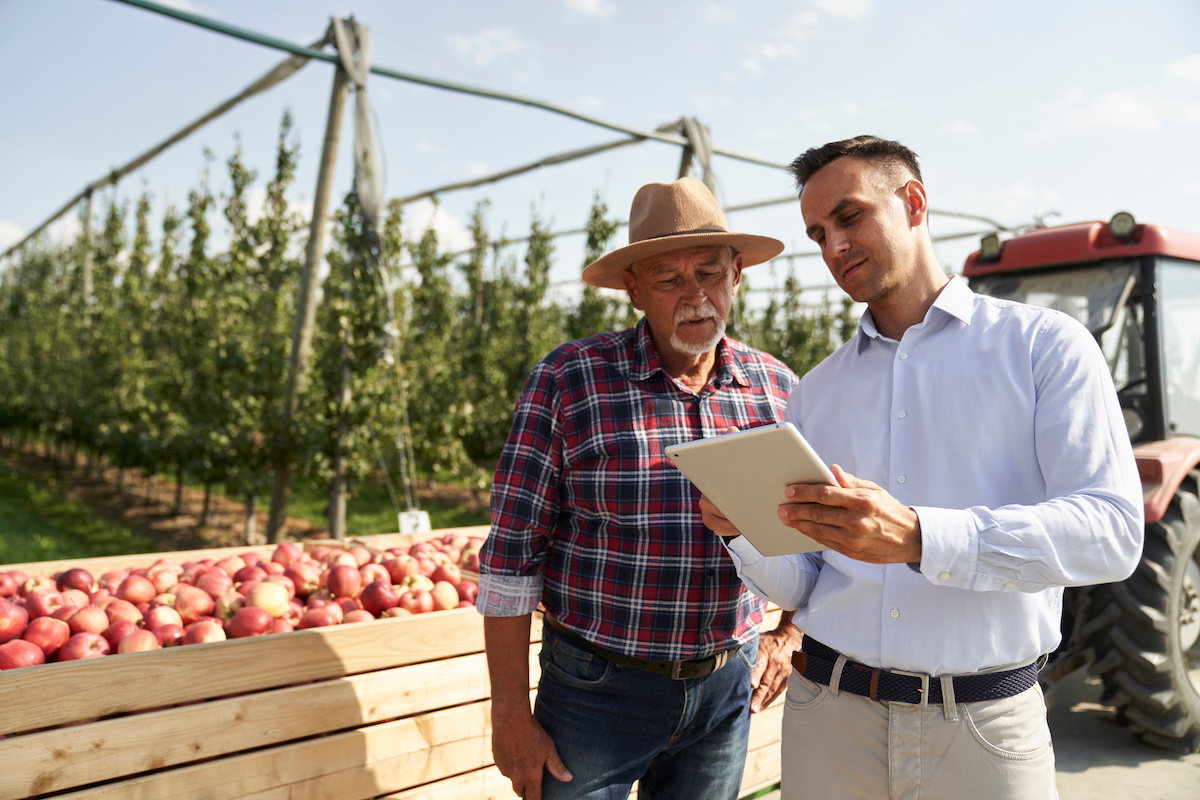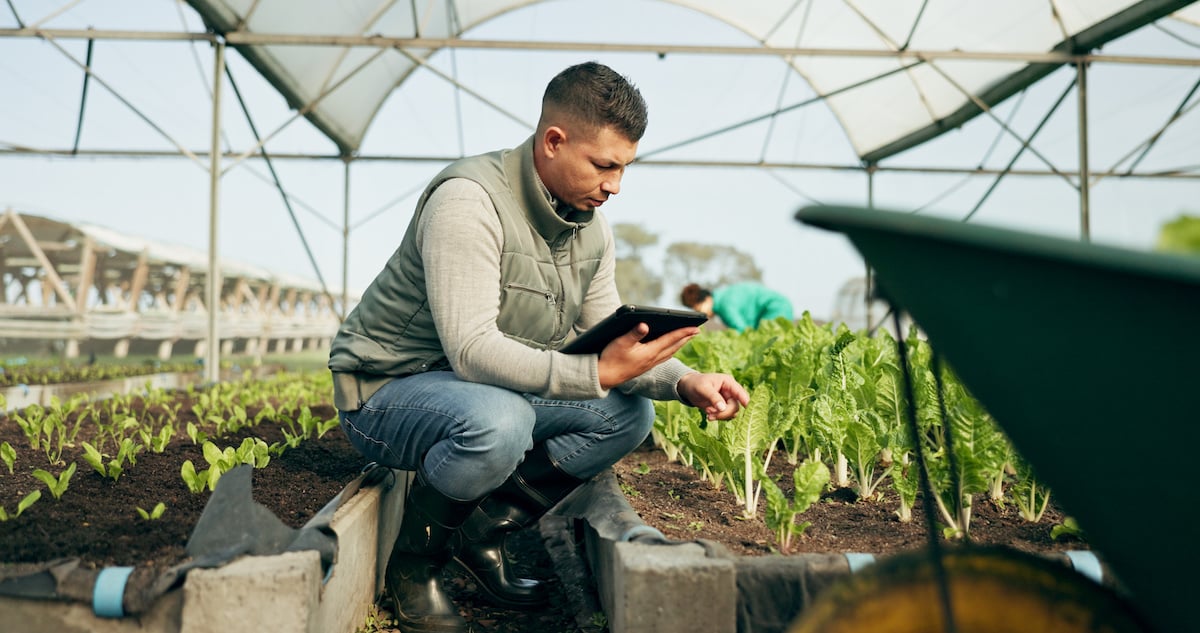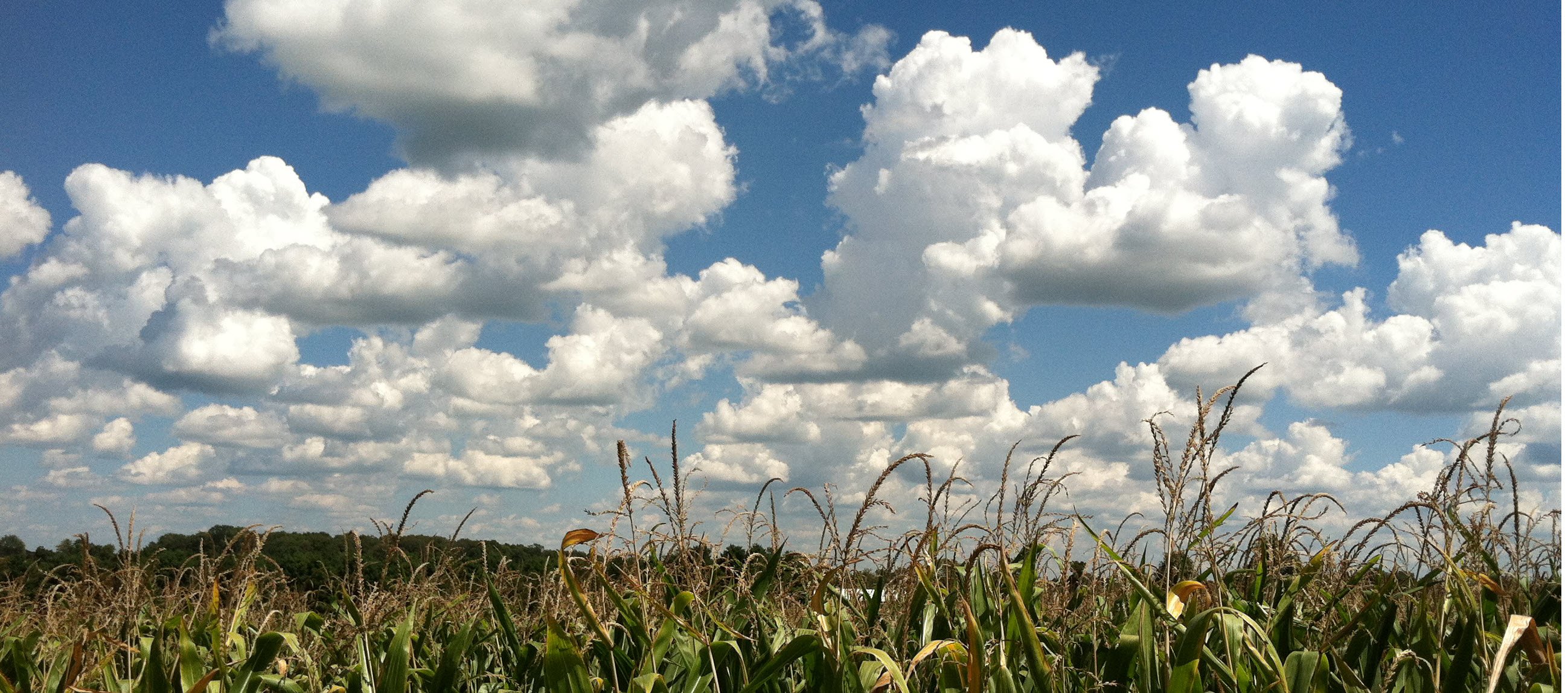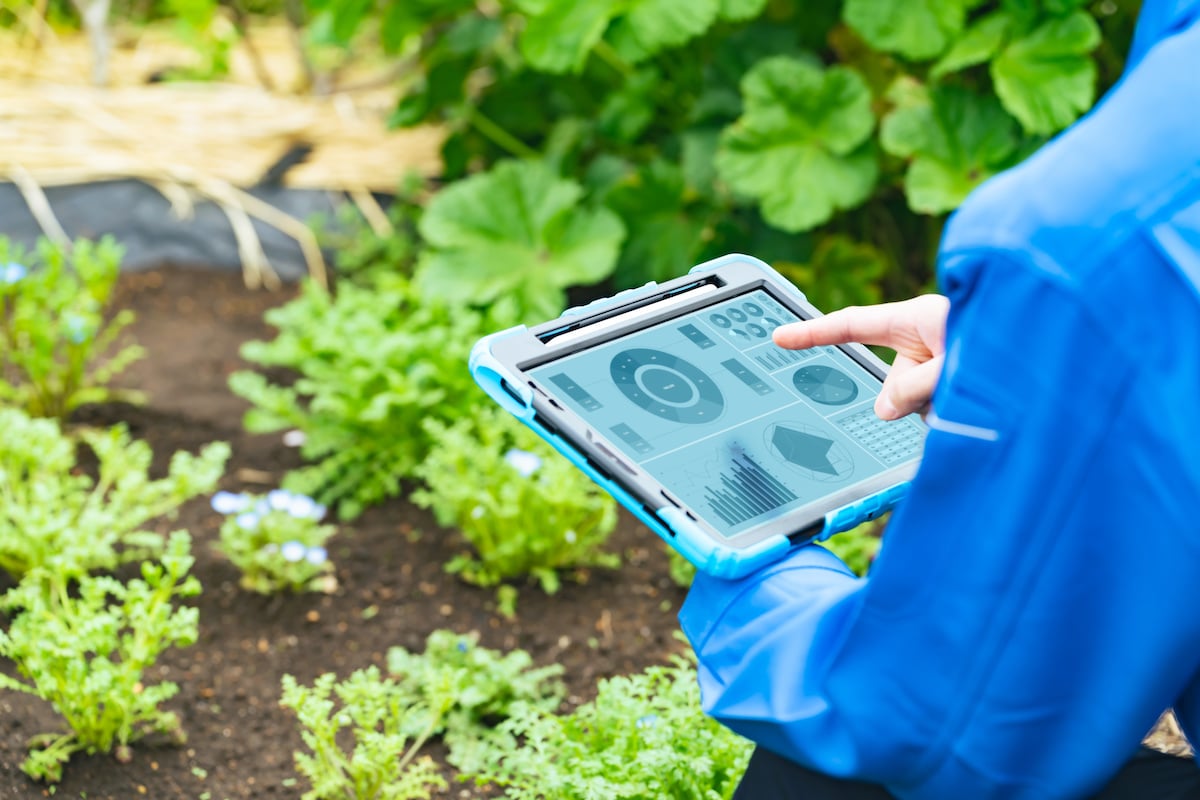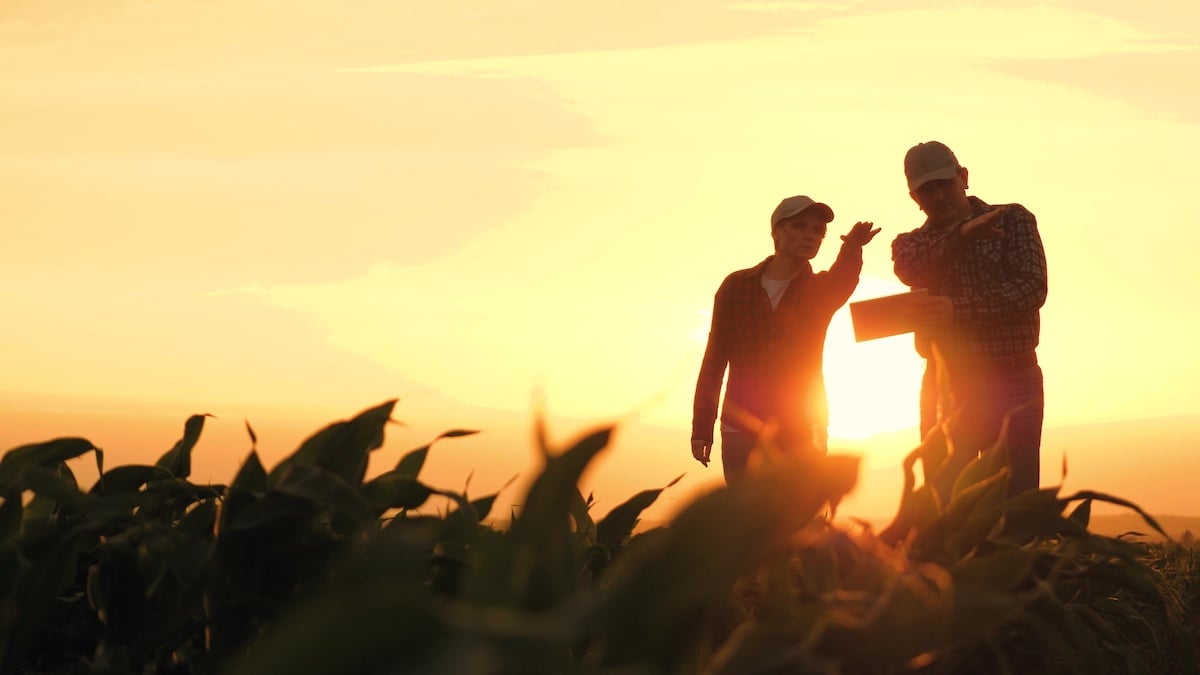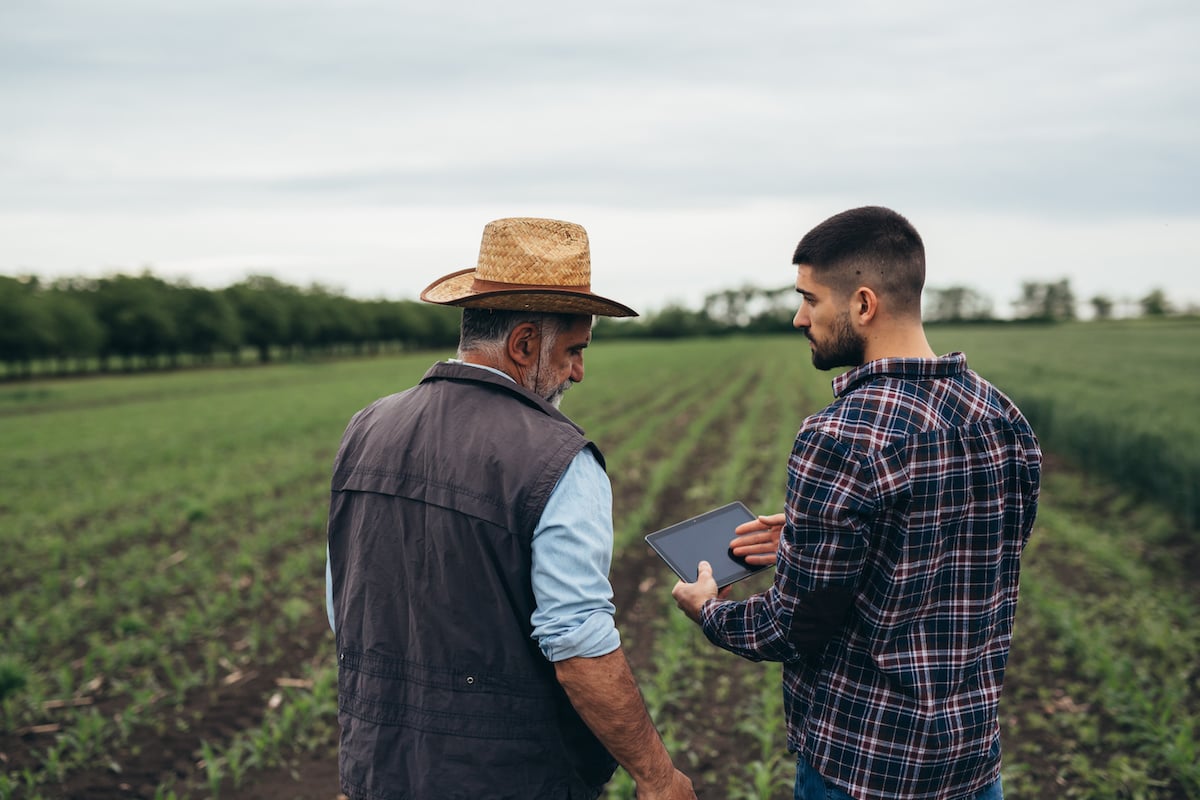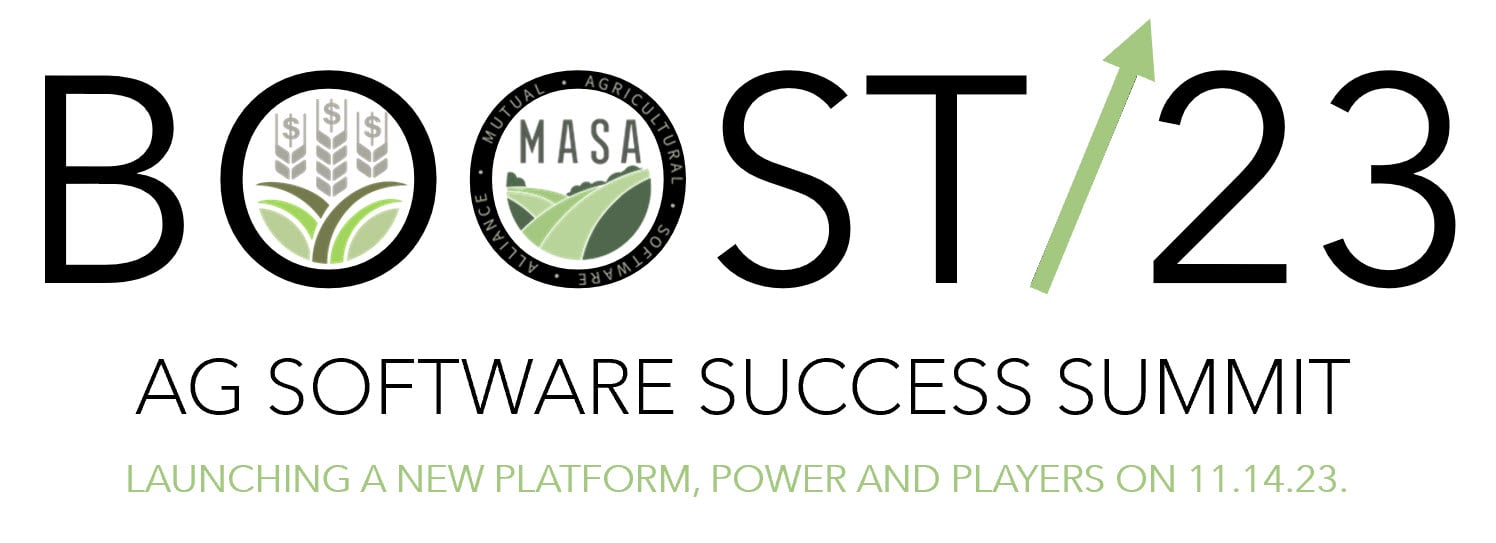Nobody said managing a farm would be easy. From managing actual crops to tracking financials for farm profitability, modern farming can be incredibly difficult. Financial management choices such as adding or not adding new farming technology, sourcing crop seed, purchasing fertilizer, or hiring additional labor can have an enormous impact on farm profit and loss ratios.
To keep your farming operation working at peak profitability, it’s important to make smart, well-informed financial choices that help you maximize income while minimizing costs. However, it’s easy to make mistakes when pursuing heightened profits and reduced costs that cause income to plummet while costs skyrocket.
Need Help? Check Out Our Services and Support!
Knowing how different financial management choices impact your farm profit and loss is key for maximizing your farm-related income.
Why Tracking Farm Profitability Is Important for Growth
One key piece of advice for any farm owner, whether they’re a new, first-generation farm operator or an old hand from a long line of farming experts, is to remember that profits do not equal profitability.
While there’s a strong correlation between producing a high-profit crop or livestock and having high profitability, the monetary value of a product alone does not determine profitability. It’s entirely possible to grow a high-profit crop or livestock breed and still have your farming operation lose money because of the costs associated with that agricultural product.
This is why it’s important to track farm profitability as its own metric separate from gross profits. You need to be able to measure how much you’re spending versus how much you’re making to determine if a particular agricultural product is a good and steady income driver, a loss leader, or a way to grow your farming operation. Management accounting is key for prolonged success.
5 Common Issues That Prevent Profitable Farming
There are many financial decisions that can lead to an overall loss from farming operations. Some of the most common factors that negatively impact a farm’s profit and loss ratio include:
1. High Overhead Costs
Overhead costs—those costs that you incur regardless of how much your farm produces—can cause a smaller farming operation to have a lower profitability ratio than their yearly income would otherwise suggest.
For example, what’s the cost of living for you and your family? Your living withdrawal is a cost you’re going to incur whether you’re farming 200 acres of land or 2,000 acres. Additionally, you might need to spend a certain amount of money on specific types of farming equipment: tractors, storage silos, balers, etc.
Typically speaking, the costs of owning farm equipment will be fixed (until the asset is paid off or fully depreciates in value), though the operating costs will be variable depending on how they’re used—which would be part of the next category of costs we’ll discuss.
Excessive overhead compared to production is a major contributing factor to low farm profitability and is a warning sign that changes need to be made. One way to optimize overhead is to review your living withdrawal (and current living situation) to see if there are costs that can be cut to reduce this figure.
Additionally, it can help to review your planned crop/livestock portfolio to see which machines you need for each and optimize your equipment acquisition and disposal so that each machine is operating at peak capacity without going over and that no machines are sitting idle for the majority of the time. Buying a whole new tractor to manage one additional acre of land or leaving a small fleet of them unused just doesn’t make sense.
2. High Variable Costs
Variable costs are costs that may vary with your farm’s production (which is why they may also be called “variable costs”). This can include things like labor, equipment rentals (if you rent or lease equipment on an as-needed basis instead of buying it outright), fertilizer, fuel, crop seed, animal feed, veterinary services, and other expenses that you take on to increase production in the short term.
If it’s a cost that you wouldn’t incur if you weren’t producing, it could be considered a direct cost of production.
Ideally, your variable costs would scale with your profits from your products. For example, if your variable costs for raising crop A were $25,000 and your profits were $50,000, then doubling your investment to $50,000 would yield a profit of $100,000. This would help you better offset your overhead costs and improve overall profitability.
Of course, math for profit ratios in the real world is never quite so simple. Specific cost categories may shift depending on the scale and milestones you hit. For example, purchasing certain fertilizers, seeds, or pesticides might get less expensive per unit if you buy in certain amounts (as an incentive to get you to order more). Or, hitting a certain level of production may require you to add more farm equipment—leading to a large capital outlay to meet your production plans (and increasing your overhead costs).
However, attempting to reduce variable costs may end up impacting productivity—which negatively impacts farm profitability.
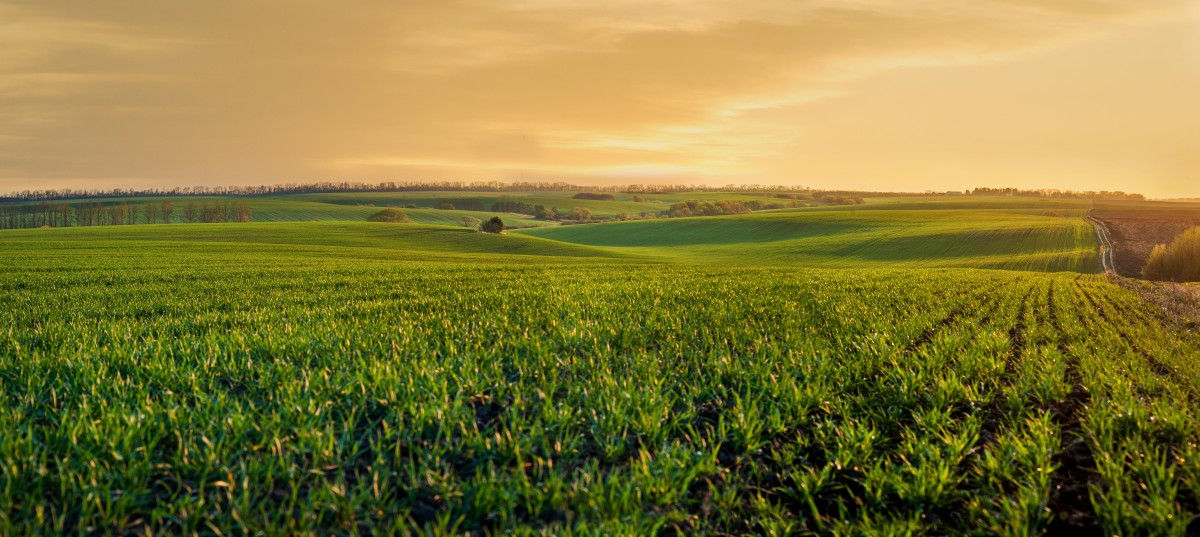
3. Number of Production Units (Acreage Used)
The amount of space you dedicate to your farming operation has a direct correlation on the profits you can generate. The more space you can dedicate to high-value crops or livestock, the more money you can earn from your farming operation.
However, high acreage also means higher overhead and direct costs alike. Taxes need to be paid for farmland, laborers need to be paid for working larger areas (and you’ll need more labor to keep up with larger tracts of land), more irrigation will be needed to keep crops healthy, etc.
Finding the optimal balance between the number of production units in your farming operation and your capacity to manage it with the resources available to you is critical for ensuring long-term profitability.
4. Value Per Unit
How much money are you making for each acre of land you’re working on? If you’re turning a profit for each acre of land you use, adding more acreage can increase profits. The same is true for losses. If you’re not turning a profit from your plots, then adding more space will only increase your losses.
Your value per unit is a key consideration when making plans to expand your farming operation (or, alternatively, downscale it). If each unit is producing a profit in excess of the costs of running that unit, then it would be a prime candidate for expansion. However, if your units are operating at a loss, then it’s time to reassess your crop mix and costs to see if there are ways to reduce expenses while improving profits.
One of the challenges of this metric is that it’s largely outside of a farmer’s control. It’s possible to have crops certified for a “higher” market segment that increased the price per unit such as certifying crops as non-GMO. However, these certifications may also mean taking on additional direct costs to meet the higher standard. If demand for the higher product isn’t high enough, it could mean taking a loss on that crop.
5. Enterprise Mix/Diversification
How many different products are you producing at the same time? Enterprise mix is a measure of how diverse your crop/livestock portfolio is—which is crucial for risk management in your farming enterprise.
Having a wide variety of crops or livestock products helps protect you against market volatility where one or more crops become oversupplied (thus losing value). A certain amount of diversification is inevitable for crop rotation as you change what’s planted in certain plots of land to keep the soil fertile and minimize the impact of soil erosion.
The more enterprises you mix in your farming operation, the less likely it is that profitability will either peak or valley (as no single product will represent enough of your portfolio to lead to major losses or gains compared to the average). This helps to create more consistent profitability for your farming operation.
How Agricultural Tech Can Help Track Profits and Improve Farm Profitability
When most people think of “agricultural tech,” their first thought is usually something along the lines of tractors, planters, combines, and other large machines used on a farm. However, there’s more to technology for farms than just heavy equipment. Farm management software can also help owners maximize returns from their farming operations by helping them keep track of their expenses, profits, inventory, payroll, and more.
For example, say you have a complex portfolio of crops that you’re cycling through in different fields. With an agricultural software solution that tracks your crop yields, values, and expenses, you could identify which crops are the most profitable at different times of the year to maximize returns. Or, you could identify trends in your variable expenses like fuel to make it easier to spot abnormalities that could indicate wasteful use of resources.
FBS Systems provides farm owners with the software tools they need to maximize farm profit while minimizing losses to improve profitability across their enterprise. However, it’s more than just software. FBS also provides a library of farm accounting and management training videos to help owners master the financial aspect of their business and drive long-term success for their farming operations.
We know the best ways to help you improve your farm for long-term success. Contact us today to learn more about our integrated, holistic farm management solution!

